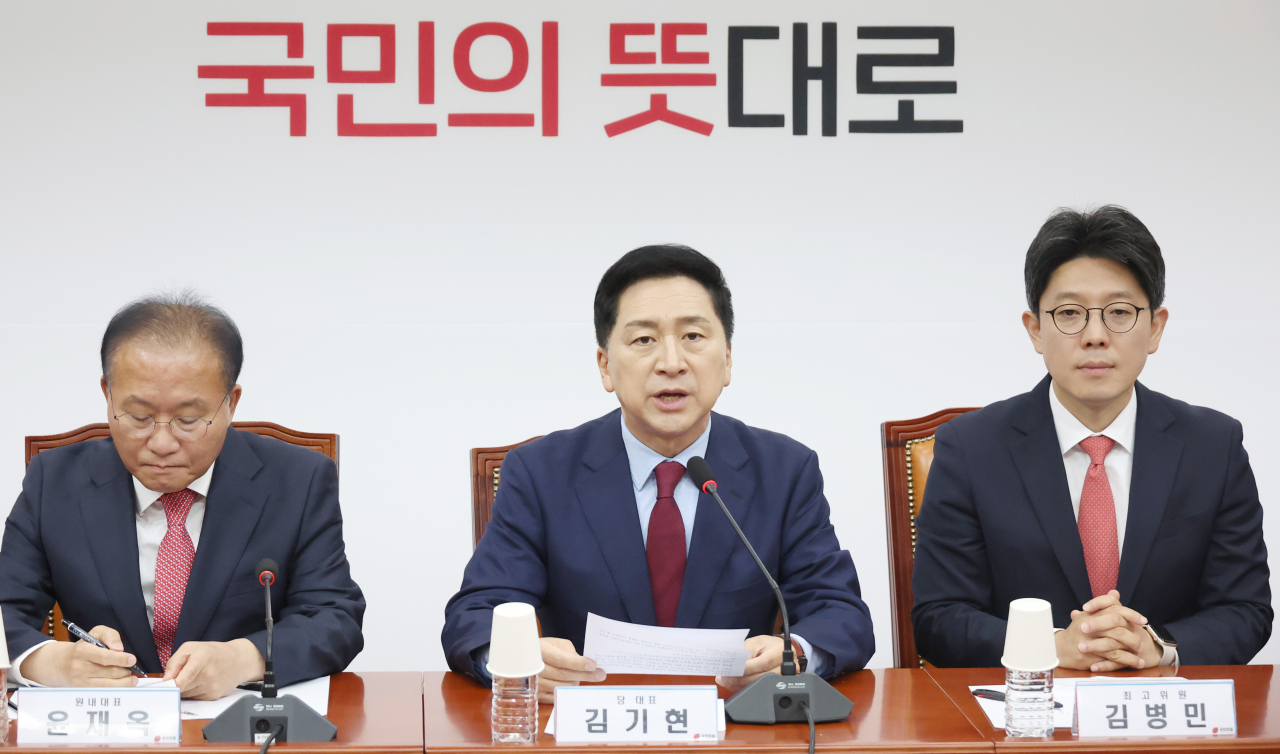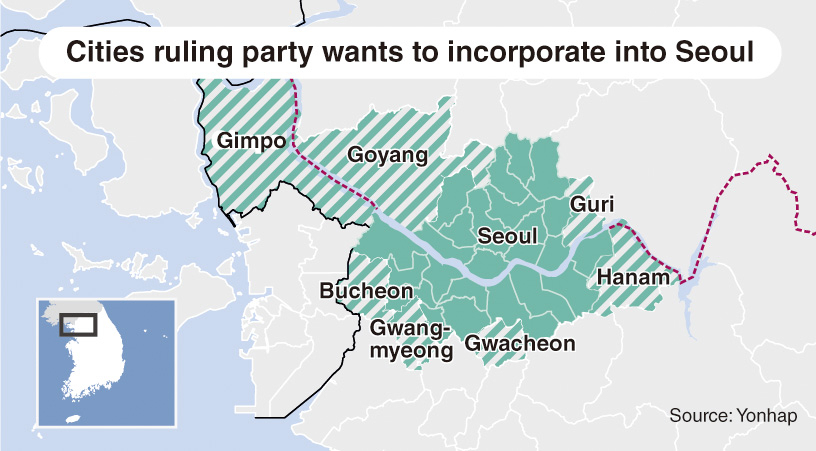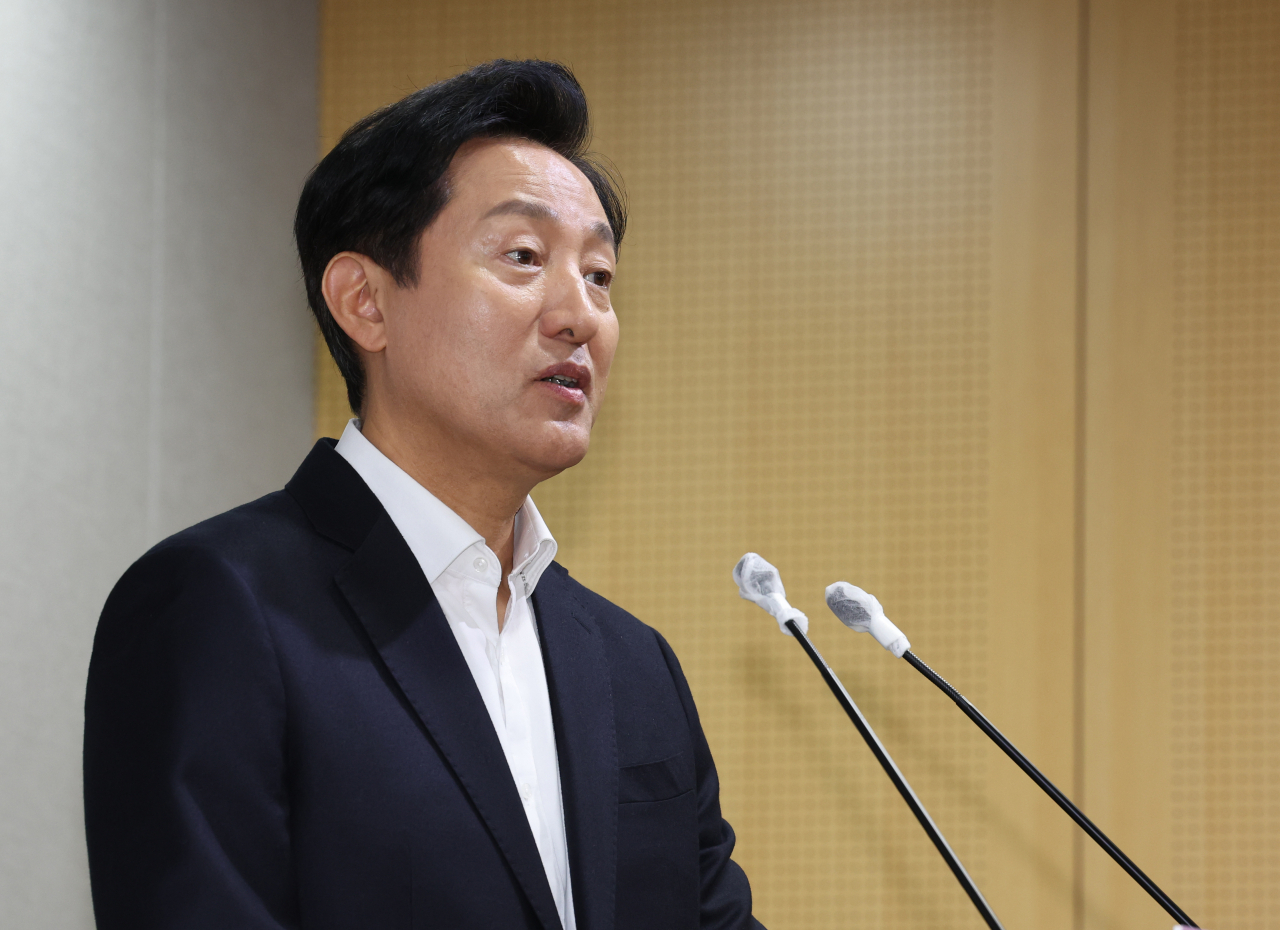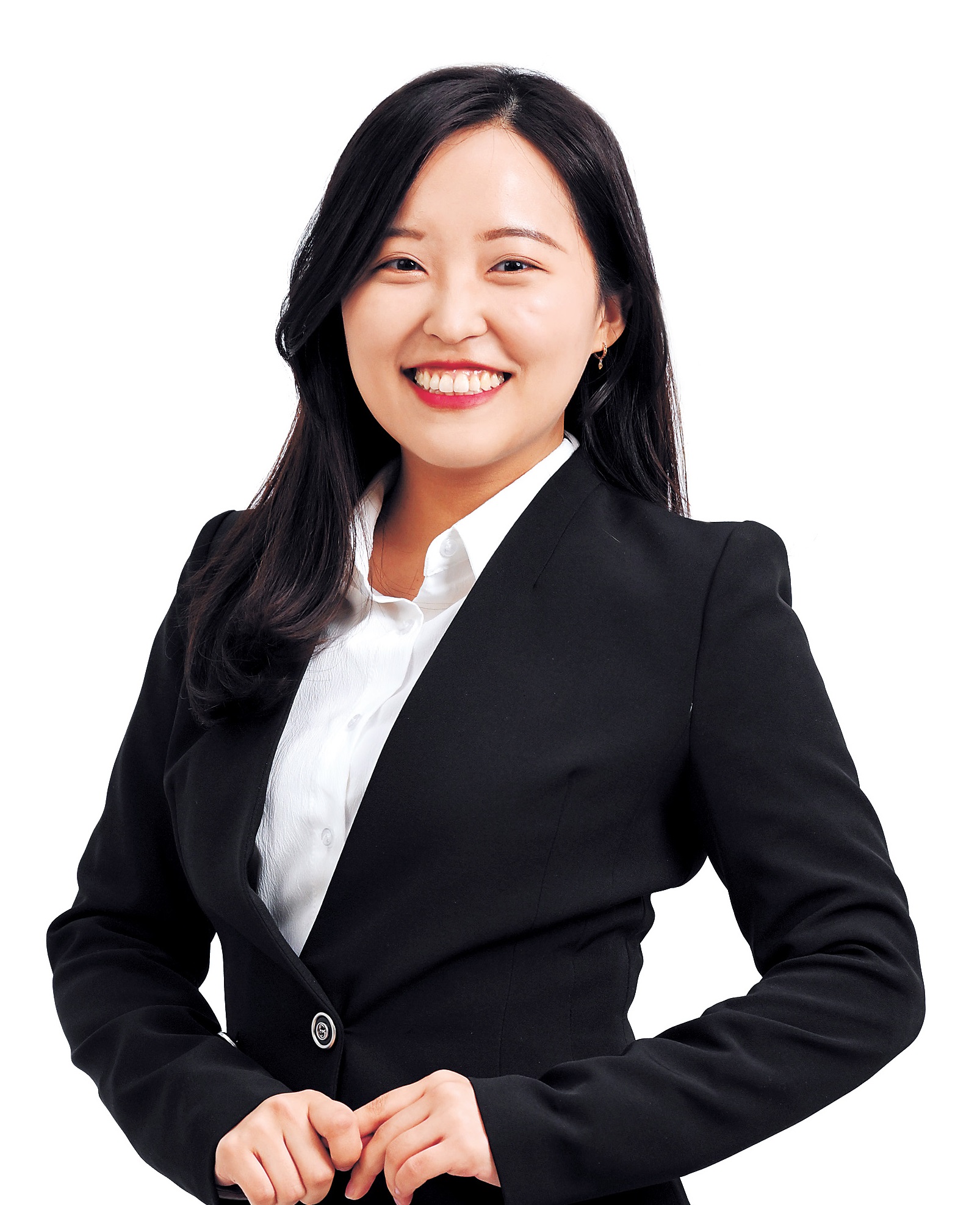[KH Explains] Why ruling party wants to incorporate Gimpo into Seoul
PPP takes surprising move to propose adding Gimpo, politically dominated by opposition party; experts worry about overpopulation issues
By Lee Jung-jooPublished : Nov. 1, 2023 - 18:30

The ruling People Power Party has said it will push to incorporate neighboring cities like Gimpo into Seoul, arguing Seoul needs a size upgrade to "create a megacity."
The argument is that Seoul ranks only 38th in population, and with its area of 605 square kilometers, is only the 29th biggest out of 38 cities, according to ruling party Rep. Park Soo-young.
The ruling party is working on proposing the "Mega-Seoul Special Law" to speed up the legislation discussion because proposals for administrative district reforms are usually initiated by municipalities or the central government and then passed on to the legislature, which requires considerable time, according to the party. The next general elections are just months away in April 2024.
The party's plans to jumpstart the discussion on adding Gimpo, a city with over half a million people and a land area almost half that of Seoul's, would significantly reduce the time needed to make such a huge administrative change, according to political observers.
The plan is quite surprising, they said, citing the political inclination of the area: the main opposition Democratic Party of Korea won the overwhelming majority of seats in Gimpo, obtaining 51 seats out of 59 in the previous legislative elections in 2020. The PPP won only seven seats.
The ruling party appears to be making a sudden move to lure voters, as there are less than six months ahead of the general election in April.
After visiting Gimpo on Monday, PPP leader Rep. Kim Gi-hyeon, argued that the move would be beneficial for Gimpo residents, many of whom spend most of their time in Seoul -- specifically focusing on major transportation issues they face when commuting to Seoul, such as traffic jams and crowding on public transport.
Kim also argued that the incorporation would be beneficial to Seoul. “Compared to other major cities like London, New York and Berlin, Seoul’s total (land) area is much smaller compared to its population,” said Kim on Monday. “Incorporating Gimpo into Seoul would also be beneficial as Seoul would become bigger in size and Gimpo’s economic resources regarding foreign trade, foreign investment and tourism can become the city’s resources.”

Gimpo is currently part of Gyeonggi Province, which surrounds Seoul on all sides with a population of 13.72 million. Gimpo borders northwestern Seoul and has a population of up to 514,000 as of August and stretches 276.65 square kilometers.
The entire Seoul metropolitan region, including Seoul, surrounding Gyeonggi Province and neighboring Incheon, has a total population of over 26 million people and an area of 12,685 square kilometers.
While it is possible for the Ministry of Interior and Safety to submit a bill to the National Assembly to change the jurisdiction for Gyeonggi Province and the city of Seoul, such governmental legislation can take a long time if there are disagreements between local governments.
If the special law passes at the National Assembly, Gimpo can be incorporated into Seoul just with Gimpo’s agreement -- even if either Seoul city or Gyeonggi Province opposes it.
Gyeonggi Province is considering splitting into North and South Gyeonggi Provinces, but the mayor of Gimpo, Kim Byeong-soo, also of the ruling party, has proposed incorporating the city into Seoul, rather than remaining a part of one of the two Gyeonggi provinces.
Other representatives of the PPP have mostly voiced their agreement on this special law, saying that it is not just Gimpo that should be incorporated into Seoul but several other neighboring cities, including Guri, Gwangmyeong, Hanam, Gwacheon, Seongnam and Goyang.
“When comparing population numbers between major cities around the world, Seoul ranks 29th out of the top 38 cities with a population of 10 million and a total area of 605 square kilometers,” wrote Rep. Park Soo-young from the PPP on Facebook. “There is no reason as to why other neighboring cities of Seoul other than Gimpo should not be incorporated into Seoul. Seoul should grow into a 'megacity’ to reduce inconvenience between residents of neighboring cities and to become an internationally competitive city.”
Meanwhile, criticism has also been voiced within the PPP. Rep. Kim Jae-sub of Dobong-gu of northern Seoul wrote on Facebook that districts located on the outskirts of Seoul like Dobong-gu have “already been left out and discriminated against compared to other districts.”
“Instead of expanding and creating a ‘new Seoul,’ we should take care of what already exists within Seoul,” said Kim. “If Gimpo is incorporated into Seoul, the redistribution of some local tax revenues among the local districts may change, putting existing Seoul local districts at a disadvantage."

Gimpo city says it plans to gather public opinion on getting incorporated into Seoul through public polls starting in November, while also conducting specific discussions regarding the matter with the Seoul Metropolitan Government.
While referring to the phenomenon of urban sprawl -- in which cities expand uncontrollably over existing borders into neighboring undeveloped areas -- Seoul Mayor and a PPP member Oh Se-hoon stated during a press briefing Wednesday that incorporating Gimpo into Seoul should be approached carefully.
Oh also confirmed that he will be meeting Gimpo Mayor Kim on Nov. 6 regarding this matter.
“I will hear about what kind of goals and motives Gimpo has, and what the city hopes to achieve by incorporating itself into Seoul during the meeting,” said Oh. “Then I will look into how the incorporation can benefit Seoul in terms of its future urban competitiveness and what sort of limitations and side effects it could bring, as well as how it can improve the quality of life for Seoul residents.”
Experts say that any proposal to expand Seoul's boundaries must come with thorough discussions, so as not to multiply the problems associated with megacities, such as worsening the existing issue of overpopulation in Seoul.
“If Gimpo is incorporated into Seoul, some major transportation issues that have lingered between the two cities could potentially be resolved," said professor Kim Jin-yoo from the Department of Urban Planning and Transportation Engineering at Kyonggi University.
Kim acknowledged it would be easier to implement Seoul’s transportation policies in Gimpo if it was made part of the capital.
"However, population numbers may become overconcentrated,” he said.
“In Seoul, there is almost no land for further development, but there is a lot of land for development in Gimpo. The incorporation could increase housing supply in Seoul and bring more people into the capital, although that would further intensify the overpopulation problems in the capital.”



















